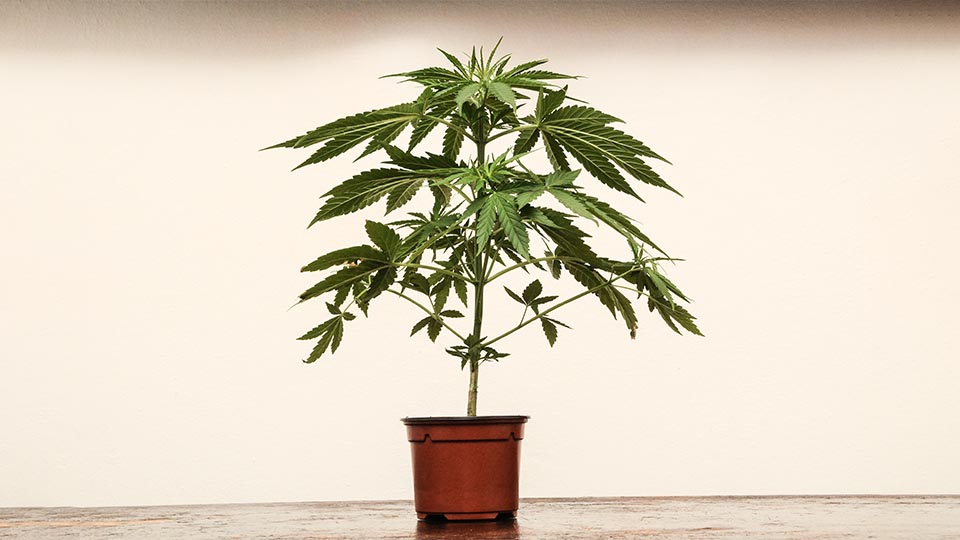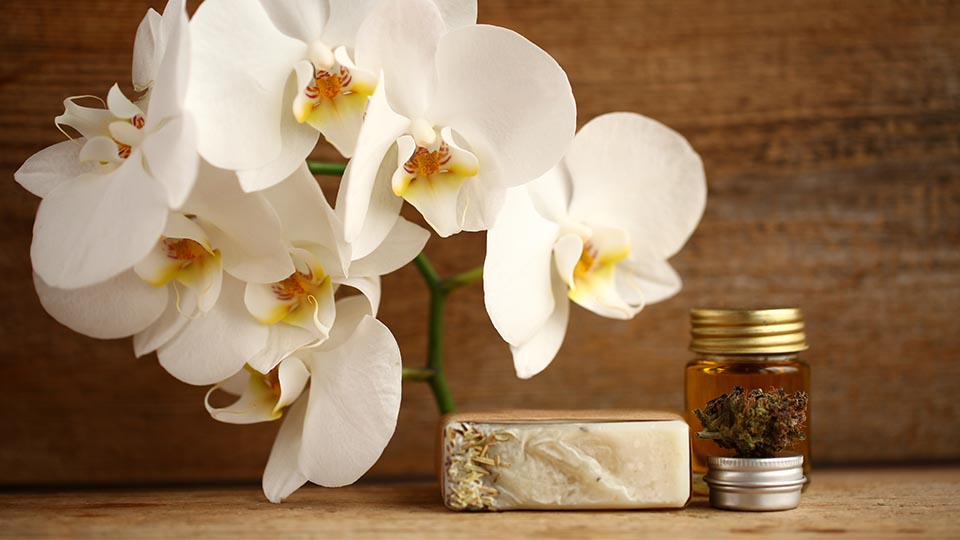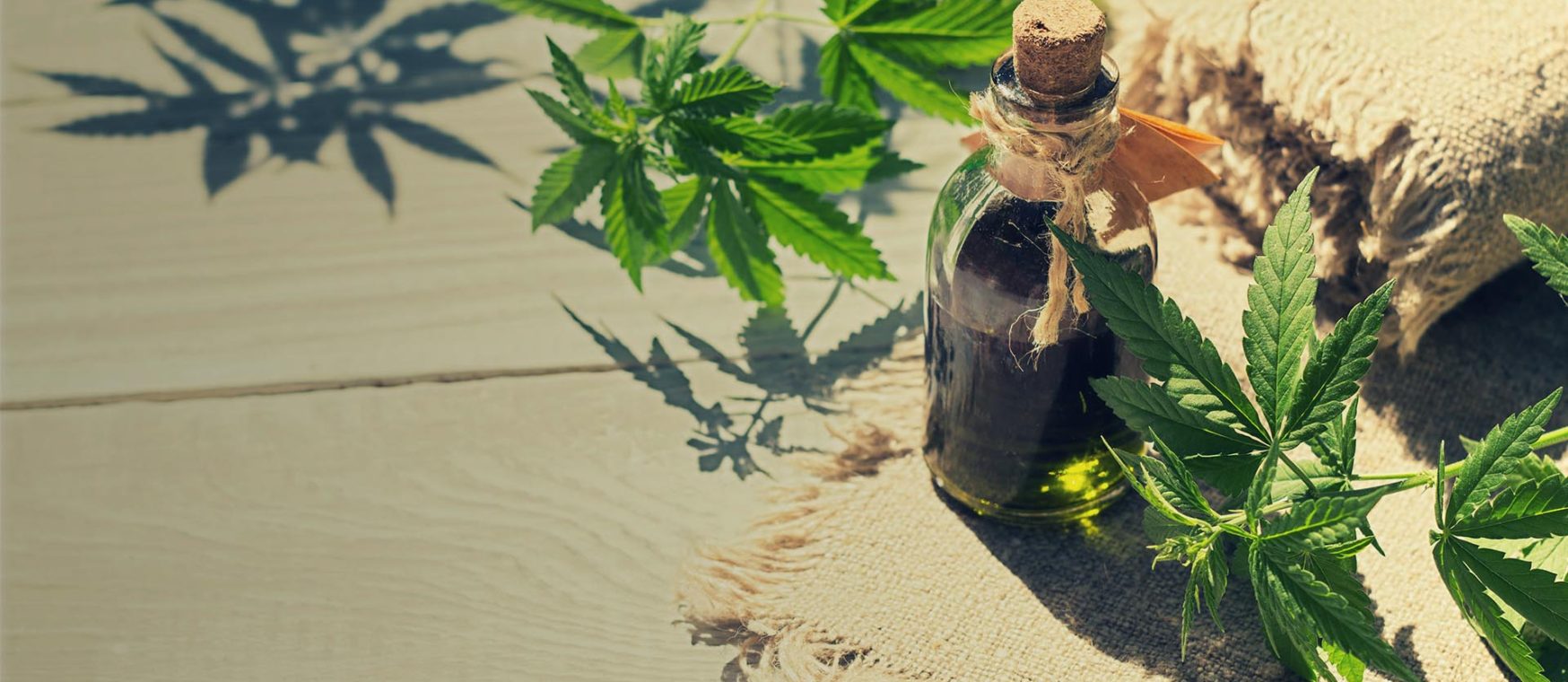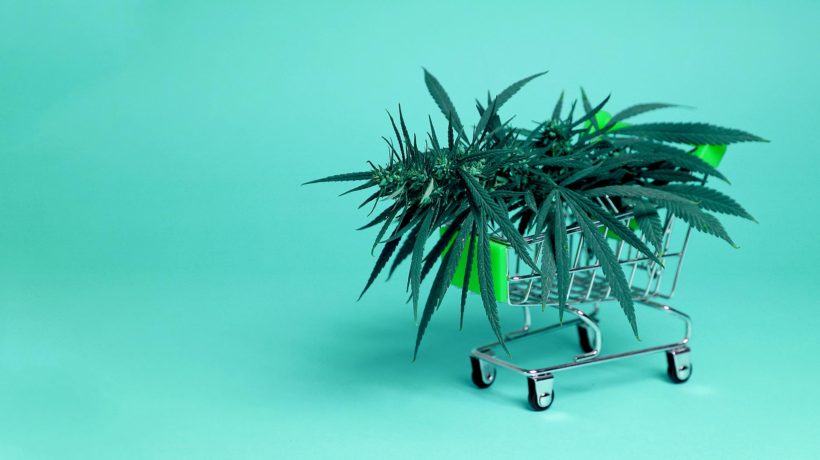Hemp-derived CBD has taken over the nation, but not all hemp is created equal.
You could call industrial hemp the unsexy, practical sister of marijuana. Industrial hemp is a strain of Cannabis sativa grown for its fibers and seeds which are used to make textiles, foodstuffs, and building materials. Resourceful and useful? For sure. Medicinally-potent and cannabinoid-rich? Not so much. Hemp’s image is undergoing a radical makeover, though. Meet craft hemp: organically grown in small batches for therapeutic purposes, rich in the cannabinoid cannabidiol (CBD).
Since changes were made to the Farm Bill in December 2018, hemp has been removed from the list of controlled substances, and is now federally legal in all fifty states. Passionate hemp growers are already nurturing sustainable small-scale hemp plots and crossing genetically diverse hemp strains with the intention of creating enticing new cultivars which are cannabinoid dense. The craft hemp movement could be likened to the craft beer movement, with values oriented towards micro-production, attention to technique, and high-quality products.

“Craft hemp is a new term meant to highlight small-scale production methods, as well as differing plant genetics,” explains Becca Recker, Director of Communications for Frogsong Farm, America’s first B-Corp certified hemp farm & CBD company. “What we grow at Frogsong Farm, and what many other small hemp producers in the U.S. are growing, is really low THC cannabis. These are short, bushy plants which produce big, fragrant, resinous flowers which are simply packed with beneficial cannabinoids.” Currently, craft hemp in the U.S. is being cultivated to create high-quality full-spectrum CBD products, edibles, vapes, tinctures, salves, and topical body rubs.
Industrial hemp, the current source of most CBD products, is a low-resin plant that contains less CBD and terpenes than marijuana. However, with weed still illegal for medicinal or recreational purposes in seventeen states at last count, craft hemp represents a bridge between marijuana which is cannabinoid and terpene-rich, and industrial hemp, which isn’t.
“craft hemp represents a bridge between marijuana which is cannabinoid and terpene-rich, and industrial hemp, which isn’t.”
“Industrial hemp can have trace amounts of CBD, but craft hemp with good genetics can have 10-15% CBD by dry weight, along with cannabinoid and terpene profiles that compare to those of cannabis you’ll find in a dispensary,” says Becca. “You’ll get more CBD per plant, by supporting craft hemp producers. It just makes good sense.” Best of all, craft hemp cultivars contain 0.3% THC (the psychoactive component of marijuana) or less, meaning craft hemp is legal throughout the United States.

What’s more, CBD extracted from whole craft hemp plants offers enhanced health benefits: the combination of terpenes and cannabinoids work synergistically to maximize the therapeutic qualities of one another, a phenomenon known as the entourage effect.
Like all craft or artisanal products, craft hemp growers place an emphasis on the cultivation technique and harvesting method of their hemp flower. Considerations such as minimizing energy and water use, using organic soil amendments and pollinator-friendly native plants to attract insects are key for craft hemp growers.
“We use beyond-organic farming practices. This means that we seek to not only reduce harm but actually maximize benefit with our farming decisions,” says Becca. “We hand-harvest our hemp plants in small batches and cure and store them gently to preserve their plant medicine. We never spray pesticides, herbicides, or fungicides.”
Organic craft hemp is better for consumers too. Hemp is a phytoremedial plant which removes contaminants such as heavy metals and chemicals from soil. “Industrial hemp from conventional growers can be contaminated with pesticides and herbicides,” notes Becca. “If the soil quality is poor, this directly affects the hemp’s quality.”
If you care about the provenance and quality of your CBD fix, consider buying direct from a craft hemp farm.



